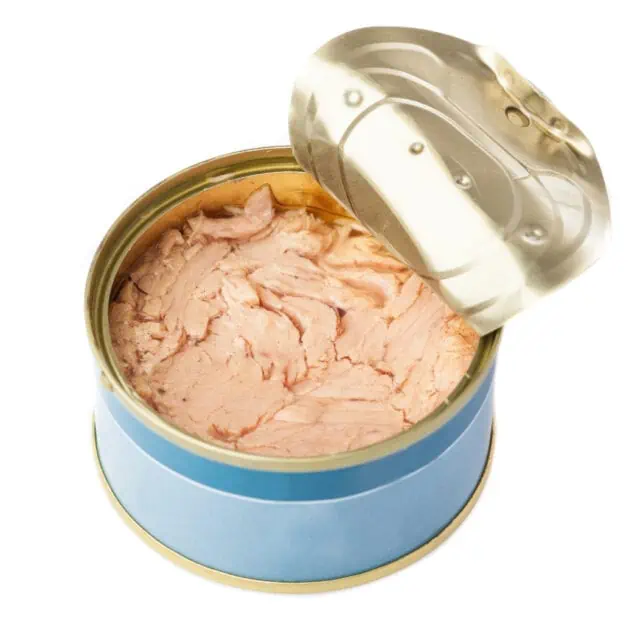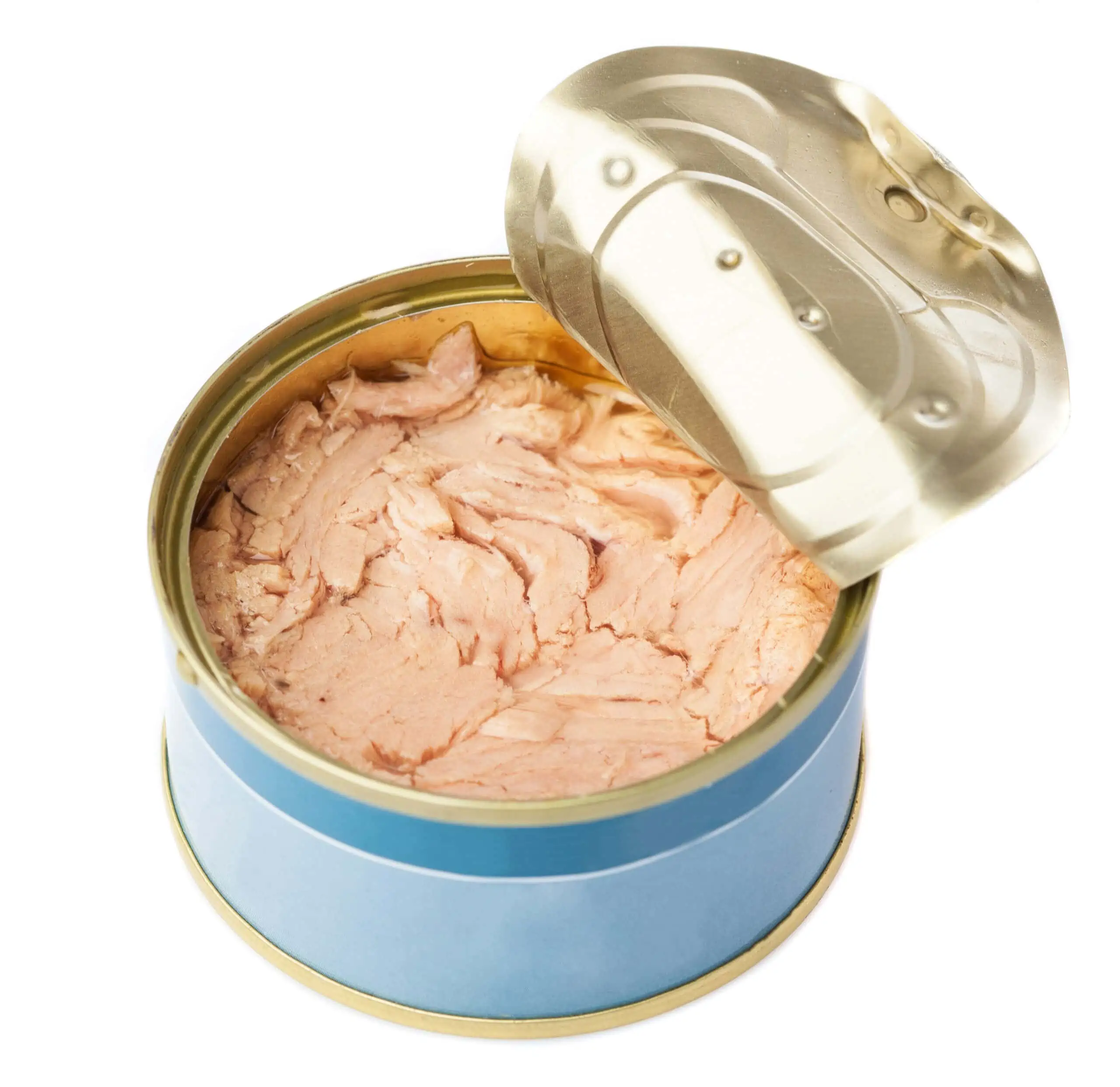When it comes to the diet of leopard geckos, offering them wet cat food is a definite no-no. Originating from the arid landscapes of Afghanistan, Pakistan, and Northwestern India, leopard geckos have evolved to consume a diet primarily composed of insects, making the nutritional content of wet cat food unsuitable and potentially harmful for them.
Wet cat food tends to contain high levels of salt, fat, and carbohydrates, all of which can negatively impact the health and digestive system of leopard geckos.
Wet Cat Food’s Nutritional Shortcomings: Wet cat food lacks essential nutrients for leopard geckos and is often high in salt, fat, and carbohydrates, which can negatively impact their health.
Contamination Concerns: Wet cat food poses a risk of contamination from bacteria or parasites, which can be harmful to leopard geckos.
Calcium is Crucial: Leopard geckos, especially hatchlings, juveniles, and breeding females, require a diet rich in calcium. Wet cat food often doesn’t provide adequate calcium content.
Seek Gecko-Specific Diets: Commercial insect diets, like those offered by Repashy and Zoo Med, provide balanced nutrition tailored for leopard geckos.
Alternatives Over Wet Cat Food: Rather than resorting to wet cat food, consider alternatives such as meal replacement powders and insect-based treats that cater to leopard geckos’ specific dietary needs.
Can Leopard Geckos Eat Wet Cat Food?
Leopard geckos, known for their vibrant colors and distinctive spots, have specific dietary requirements that do not align with the nutritional content of wet cat food. Wet cat food is primarily formulated for felines, focusing on the dietary needs and preferences of cats, which are fundamentally different from those of leopard geckos.
Leopard geckos thrive on a diet rich in insects, as it complements their natural diet in the wild, where they predominantly consume crickets, mealworms, water bugs and other small insects. These insects provide the essential nutrients, such as proteins and fats, that leopard geckos need for optimal health.
Offering wet cat food to leopard geckos introduces numerous risks and drawbacks. Wet cat food typically contains high levels of salt, fat, and carbohydrates, which are not suitable for leopard geckos and can lead to severe health issues. High salt content can disrupt their fluid balance, leading to dehydration, while excessive fats and carbohydrates can result in obesity and metabolic disorders.
| Potential Risks of Wet Cat Food for Leopard Geckos | Effects on Leopard Geckos |
|---|---|
| High Salt Content | Can lead to dehydration and kidney problems |
| High Fat Content | Can lead to obesity and liver problems |
| High Carbohydrate Content | Can lead to metabolic disorders and digestive issues |
| Contamination | Can introduce bacteria and parasites, causing infections and diseases |
Furthermore, the risk of contamination is another significant concern. Wet cat food can harbor harmful bacteria or parasites, which can lead to various infections and diseases in leopard geckos if consumed.
Why Wet Cat Food May Not Be Suitable For Leopard Geckos

Wet cat food, while being a nutritional staple for our feline companions, brings forth a myriad of issues when considered as a food source for leopard geckos. It fails to meet the nutritional necessities of leopard geckos and poses significant health risks.
Types of Wet Cat Food Available on the Market
Wet cat food is an umbrella term, encompassing a wide range of products available in the market, each formulated to cater to the dietary preferences and nutritional needs of cats. The array of options and flavors available is vast, allowing cat owners to choose from seafood, poultry, or meat-based flavors, each brimming with distinct textures and ingredients.
The market offers a spectrum of wet cat food types, including pâté, chunks in gravy, and shredded varieties. Pâté types present a smooth and spreadable consistency, making it easy for cats to eat. In contrast, chunks in gravy and shredded types offer more texture, simulating the experience of eating real meat or fish pieces.
| Types of Wet Cat Food | Texture | Common Flavors |
|---|---|---|
| Pâté | Smooth and Spreadable | Seafood, Chicken, Beef |
| Chunks in Gravy | Chunky with Liquid | Tuna, Turkey, Lamb |
| Shredded | Thin Strips | Salmon, Duck, Venison |
Options and flavors are formulated by various top brands, each presenting unique features and benefits.
High Levels of Salt, Fat, and Carbohydrate Content
Wet cat food is formulated with substantial levels of salt, fat, and carbohydrates, components that are integral to meet the dietary requirements of cats but are excessively high for leopard geckos. The natural diet of leopard geckos predominantly consists of insects, which have minimal salt and carbohydrates, making the high levels found in wet cat food unsuitable and harmful.
High salt content in wet cat food poses a direct threat to the gecko’s health, disrupting their fluid balance, leading to dehydration, and potentially causing kidney problems. Similarly, the high fat and carbohydrate content can lead to obesity and digestive issues as leopard geckos’ bodies are not adapted to metabolize high levels of fats and carbs efficiently.
| Component | Effect on Leopard Geckos | Potential Risks |
|---|---|---|
| High Salt Content | Dehydration, Kidney Problems | Fluid imbalance, renal failure |
| High Fat Content | Obesity, Liver Problems | Metabolic disorders, fatty liver disease |
| High Carbohydrate Content | Digestive Problems | Metabolic disorders, gut flora imbalance |
Feeding leopard geckos a diet with such imbalance can usher in a slew of negative health impacts and digestive problems.
Potential for Contamination With Bacteria or Parasites
The structure and composition of wet cat food create a favorable environment for the growth of bacteria and parasites, raising concerns about its potential contamination. When wet cat food is exposed to air, it can quickly become a breeding ground for harmful organisms, which, if ingested by leopard geckos, can lead to severe health complications.
Feeding contaminated wet cat food to leopard geckos is fraught with risks, potentially leading to bacterial infections or parasitic infestations. The consumption of such contaminated food can adversely affect the gecko’s health, causing symptoms like lethargy, loss of appetite, and digestive disturbances.
| Common Contaminants | Effects on Leopard Geckos |
|---|---|
| Salmonella | Diarrhea, Dehydration |
| E. coli | Abdominal Pain, Vomiting |
| Parasites | Weight Loss, Malnutrition |
Bacteria like Salmonella and E. coli are among the common contaminants found in wet cat food, and their presence poses serious health risks to leopard geckos. These bacteria can cause gastrointestinal problems, affecting the overall well-being of the gecko. Parasites found in contaminated food can lead to weight loss and malnutrition as they deprive the host of essential nutrients.
Inadequate Calcium Content in Wet Cat Food
Wet cat food, although dense in various nutrients suitable for cats, severely lacks adequate calcium content vital for leopard geckos. This inadequacy is especially detrimental considering the pivotal role calcium plays in the health and development of leopard geckos. They rely heavily on calcium for bone formation, muscle function, and, importantly, for the females, egg production during the breeding season.
Calcium is essential for hatchling and juvenile geckos to develop properly and avoid metabolic bone disease, a condition characterized by weakened bones due to insufficient calcium intake. Similarly, female geckos require elevated calcium levels during breeding season to produce healthy eggs.
| Life Stage | Calcium Requirement | Consequence of Deficiency |
|---|---|---|
| Hatchling & Juvenile | High | Metabolic Bone Disease, Growth Deformities |
| Adult Females (Breeding Season) | Elevated | Poor Egg Production, Health Complications |
To mitigate the risks associated with inadequate calcium intake, it’s common practice among gecko owners to dust their food with calcium powder.
Alternatives to Wet Cat Food for Leopard Geckos
While wet cat food is laden with several risks and lacks the essential nutrients crucial for leopard geckos, it’s imperative to explore safer, more nutritious alternatives.
Commercial Insect Diets for Leopard Geckos
Commercial insect diets are ideal nutritional sources for leopard geckos, tailored to cater to their inherent insectivorous nature and nutritional requirements. These diets comprise various insect types, each packed with essential nutrients like proteins, vitamins, and minerals necessary for the overall health and growth of leopard geckos.
These formulated diets are specifically developed to be well-balanced and beneficial, eliminating the nutritional deficiencies and contamination risks associated with wet cat food. The downside is that they’re not big fans of stuff that doesn’t move, and they’d rather go for something dangerous like a scorpion, then eat dead insects. Providing them with live safe insects is even better.
Several brands offer a range of commercial insect diets catering to leopard geckos, each with their unique set of benefits. Some of the reputable brands in the market include Repashy, Zoo Med, and Exo Terra, providing various options like meal replacement powders and insect-based treats.
| Brand | Type | Benefits |
|---|---|---|
| Repashy | Meal Replacement Powder | Balanced nutrition, Ease of use |
| Zoo Med | Insect Treats | Variety, Natural ingredients |
| Exo Terra | Insect Diet | Nutritional completeness, Palatability |





